There’s nothing quite as disappointing as reaching for a loaf of bread only to find it has turned stale overnight. The once-soft interior now feels dry and crumbly, while the crust has lost its satisfying crunch. While many might resign themselves to tossing it out or repurposing it as breadcrumbs, there’s a simple trick to revive stale bread and bring it back to life: a quick spritz of water and a brief stint in the oven at 150°C for just three minutes. This method, often used by professional bakers, can restore the texture and flavor of bread that’s past its prime.
The science behind this revival is surprisingly straightforward. Bread goes stale primarily due to retrogradation, a process where the starch molecules in the bread recrystallize, squeezing out moisture and causing the bread to harden. When you reintroduce moisture—in this case, by lightly spraying the bread with water—and apply gentle heat, the starch molecules absorb the water and return to a softer, more flexible state. The oven’s heat helps redistribute the moisture evenly, while the short baking time ensures the bread doesn’t dry out further or become tough.
Not all breads respond equally to this method, however. Artisan loaves with a thick crust, like sourdough or baguettes, tend to revive exceptionally well because their structure allows for better moisture retention. Softer sandwich breads or those with added fats, such as brioche, may not regain their original texture as effectively, but the technique can still improve their edibility. The key is to avoid oversaturating the bread; a light mist is all that’s needed to reactivate the starches without making the bread soggy.
Beyond the basic spray-and-bake approach, there are variations to tailor the revival process to different types of bread. For example, wrapping the bread loosely in aluminum foil before reheating can help retain more moisture, which is particularly useful for denser loaves like rye or whole wheat. Alternatively, placing a small oven-safe dish of water on the lower rack while reheating can create a steamy environment, mimicking the effects of a professional bread oven. These small adjustments can make a noticeable difference in the final result.
While this trick is a lifesaver for day-old bread, it’s worth noting that it won’t magically restore bread that’s moldy or excessively dry. The method works best on bread that’s just begun to stale, typically within 1–3 days of baking. For longer-term storage, freezing bread is a far more effective way to preserve freshness. Slicing the loaf before freezing allows you to thaw and revive individual portions as needed, reducing waste and ensuring you always have fresh-tasting bread on hand.
In a world where food waste is a growing concern, learning how to extend the life of everyday staples like bread is both practical and environmentally conscious. The next time you find yourself with a loaf that’s lost its luster, don’t despair—reach for a spray bottle and let your oven work its magic. With just a few minutes of effort, you can enjoy warm, soft bread as if it were freshly baked, all while reducing unnecessary waste. It’s a small but satisfying victory in the kitchen.

By /Aug 11, 2025

By /Aug 11, 2025

By /Aug 11, 2025
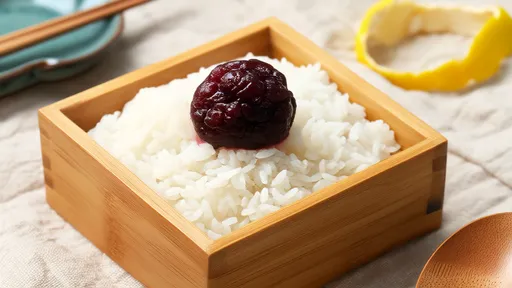
By /Aug 11, 2025

By /Aug 11, 2025

By /Aug 11, 2025
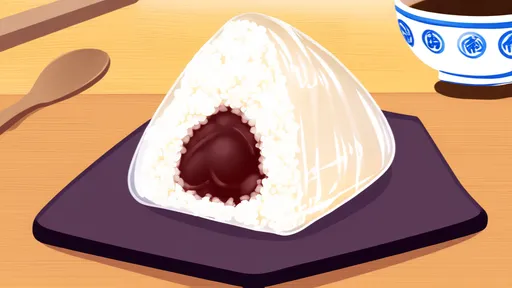
By /Aug 11, 2025

By /Aug 11, 2025
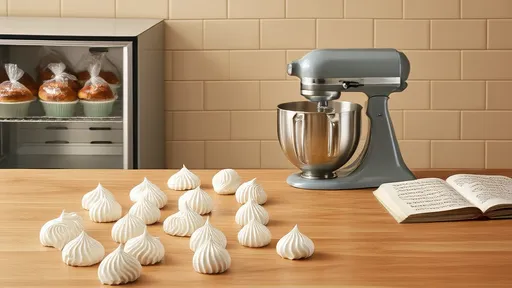
By /Aug 11, 2025
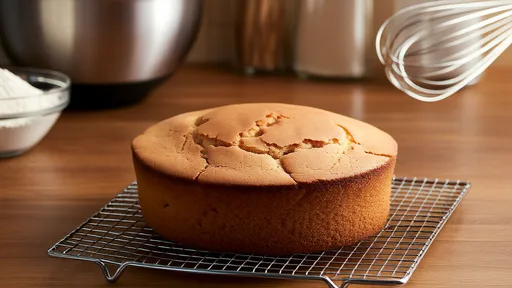
By /Aug 11, 2025
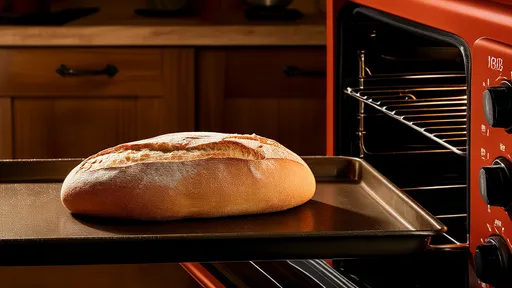
By /Aug 11, 2025
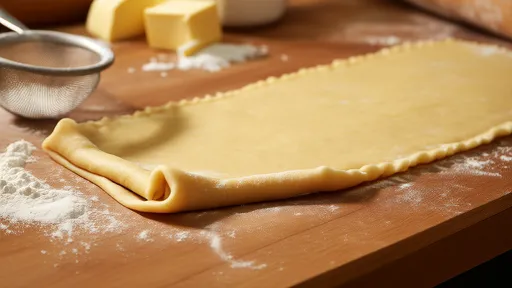
By /Aug 11, 2025
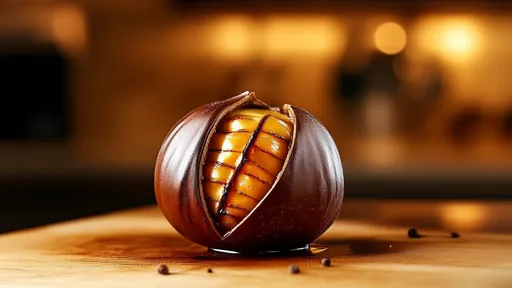
By /Aug 11, 2025

By /Aug 11, 2025
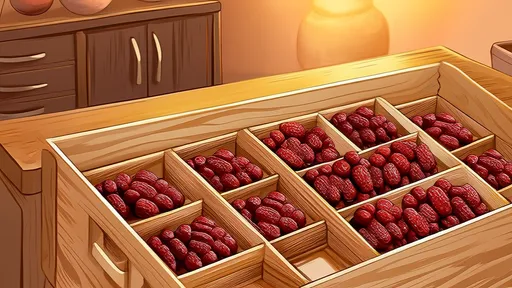
By /Aug 11, 2025

By /Aug 11, 2025

By /Aug 11, 2025

By /Aug 11, 2025

By /Aug 11, 2025

By /Aug 11, 2025